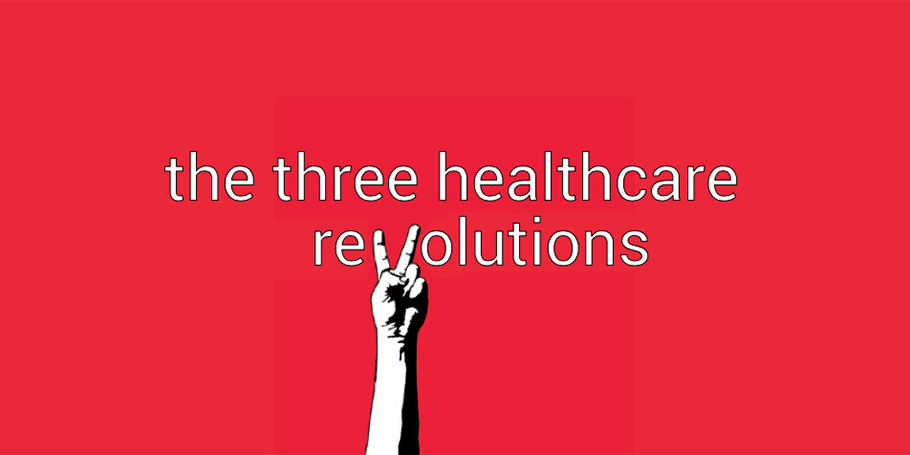Revolution #1: The Volume to Value Revolution
The move from fee-for-service, volume-based pay to fee-for-value pay
The shift from volume to value starts with measurement. Measuring volume is simple, but how do we measure value? CMS started the journey with process measures (early core measures) evolving into measurement of outcomes (SSI, HACs) and eventually patient’s perceptions of quality (HCAHPS) — all at the hospital or system level. Collecting these data points and improving performance at the hospital level has been challenging, especially with the exponentially increasing metrics used to measure performance.
While challenging to measure hospital-level performance, the complexity increases when measuring and improving performance at the individual provider level. Indeed, the next phase in the national value revolution will focus on measuring individual provider performance in the delivery of high-value care. In our organization, the magnitude of this change increases the complexity, from 1 hospital system to 1,000+ individual providers. How do we make the shift from 1 to 1,000 points of improvement?
Revolution #2: Episode to Population
The shift from episode-based reimbursement to a future of population management
For years, clinicians have complained about the episode of care system, delivering care in time-limited increments, with no time or reimbursement for attending to care interfaces, much less preventing or mitigating illness. Instead of being paid to provide a finite service, what if we were paid to focus on the sustainability of health or the prevention of illness? Sounds like something many health care providers have wanted for years.
But if provided the opportunity to manage a population in this way, could we succeed? Transformation is not hyperbole when describing what is needed to manage populations: new organizations working together, new infrastructure for information flow, and new incentives. For decades, physicians have been trained to provide independent, focused assessment and treatment. How do we experiment with transformational designs that provide optimal outcomes while facing the pressure to get it right the first time?
Revolution #3: The Patient to Person Revolution
The radical shift in consumer expectations for the delivery of health care
In the midst of these external drivers of change by payers and employers, another revolution is arriving that might be more disruptive and transformational. Patients themselves are creating change by demanding more control, higher service, and instant access. These demands are reinforced by providers who are actually meeting them.
Traditional health care organizations are seeing patients leave to seek more convenient and cost-effective options. CVS and Walgreens are seeing double-digit and even triple-digit growth in their retail clinics. MDLive and Teladoc are bringing telemedicine into patient’s homes.
There will always be a role for one-on-one, in-person visits with respectful dialogue and physical examination. But the balance of power in health care is shifting (at least in part) to a world in which the patient chooses if, when, and how they want to see the provider, as opposed to the provider choosing to see the patient on their terms. From most perspectives, the adoption of full value-based purchasing and population management is likely at least five years away. But consumers are driving daily innovations in the pursuit of accessible, efficient, and appropriate care delivered on their terms.
What now?
How should an organization respond to these forces? Some are combining entities and some are partnering to stay viable.
At University of Utah Health, we believe that the answer is found in local teams that provide patient care. In looking for examples of radical change, the US Armed Forces provide a fascinating case study. The US Armed Forces created a model, VUCA, to describe change that is volatile, uncertain, complex, and ambiguous. It teaches an important lesson in reducing reliance on centralized control. VUCA environments require an increased investment in creating context, local data organized to provide feedback, and directional targets — all to support local-level teams. This investment is the best catalyst for positive change, resilient teams, and innovative problem solving.
Bob Pendleton
It’s clear that fee-for-service health care isn't working—so what alternative payment model does?
The joint replacement team—Drs. Pelt, Gililland, Peters, PA Jill Erickson, and clinic manager Piper Ferrell—explain why going home after a joint replacement is better than going to a post-acute care facility. Their data shows that going home means better value for the patient: a healthier recovery at a lower cost.
Your gut tells you a process could be better than it is—how do you back that feeling up with hard data? Senior value engineer Luca Boi shows how undertaking a baseline analysis can jumpstart your improvement project.
